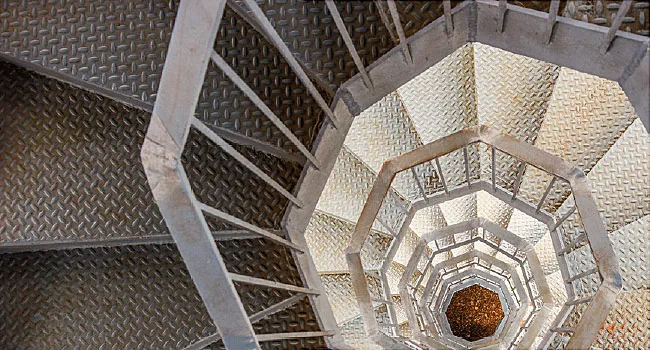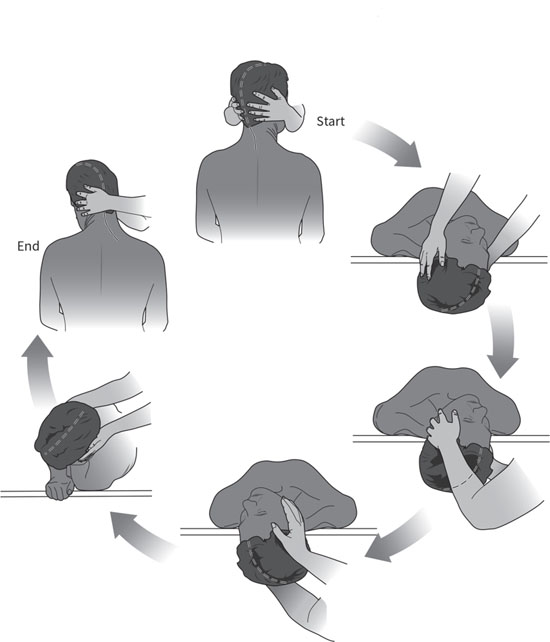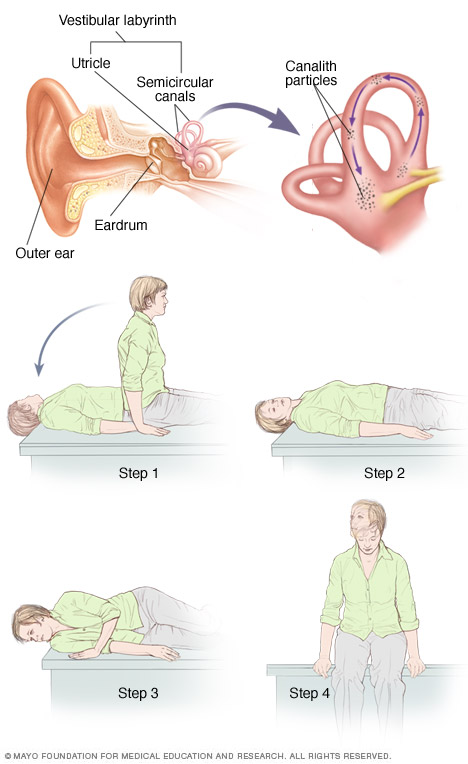Epley Maneuver Left Ear Video
Mostly a doctor who is an ent specialist audiologist osteopath or a chiropractor will use dix hallpike test to confirm the diagnosis of bppv.
Epley maneuver left ear video. Follow these steps if the problem is with your left ear. Turn your head 45 degrees to the left not as far as your left shoulder. Try to stabilize your neck after the epley maneuver. This video demonstrated the technique for right side.
Start by sitting on a bed. New research published in the journal neurology shows that the video sharing website could also help people who have one of the most common kinds of vertigo called benign paroxysmal positional vertigo by being a vehicle for videos that demonstrate how to do a simple treatment called the epley maneuver sometimes known as the canalith repositioning maneuver. The home epley maneuver is a type of exercise help that helps to treat the symptoms of benign paroxysmal positional vertigo bppv. If your vertigo comes from your left ear and side.
The epley maneuver is an exercise you can do at home to relieve dizziness caused by benign paroxysmal positional vertigo bppv. Bppv is caused by a problem with the inner ear. In medical terminology epley maneuver is a repositioning procedure that is used to treat bppv or vertigo in the ear canals either in the posterior or interior parts. Sit on the edge of your bed.
If symptoms of vertigo occur from the left side and left ear the epley maneuver can be done by. Once you know which ear has some loose calcium crystals its important that you look to that side when you begin the epley maneuver. Sitting on the edge of a bed and turning the head 45 degrees to the left lying down quickly and. Or read a brochure with pictures.
If you get dizzy every time you roll left in bed then your left ear is the likely culprit.

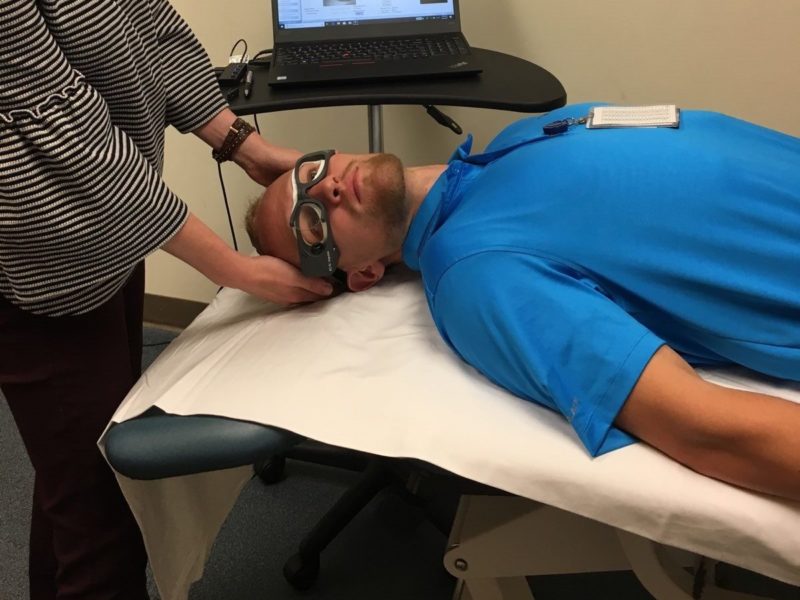










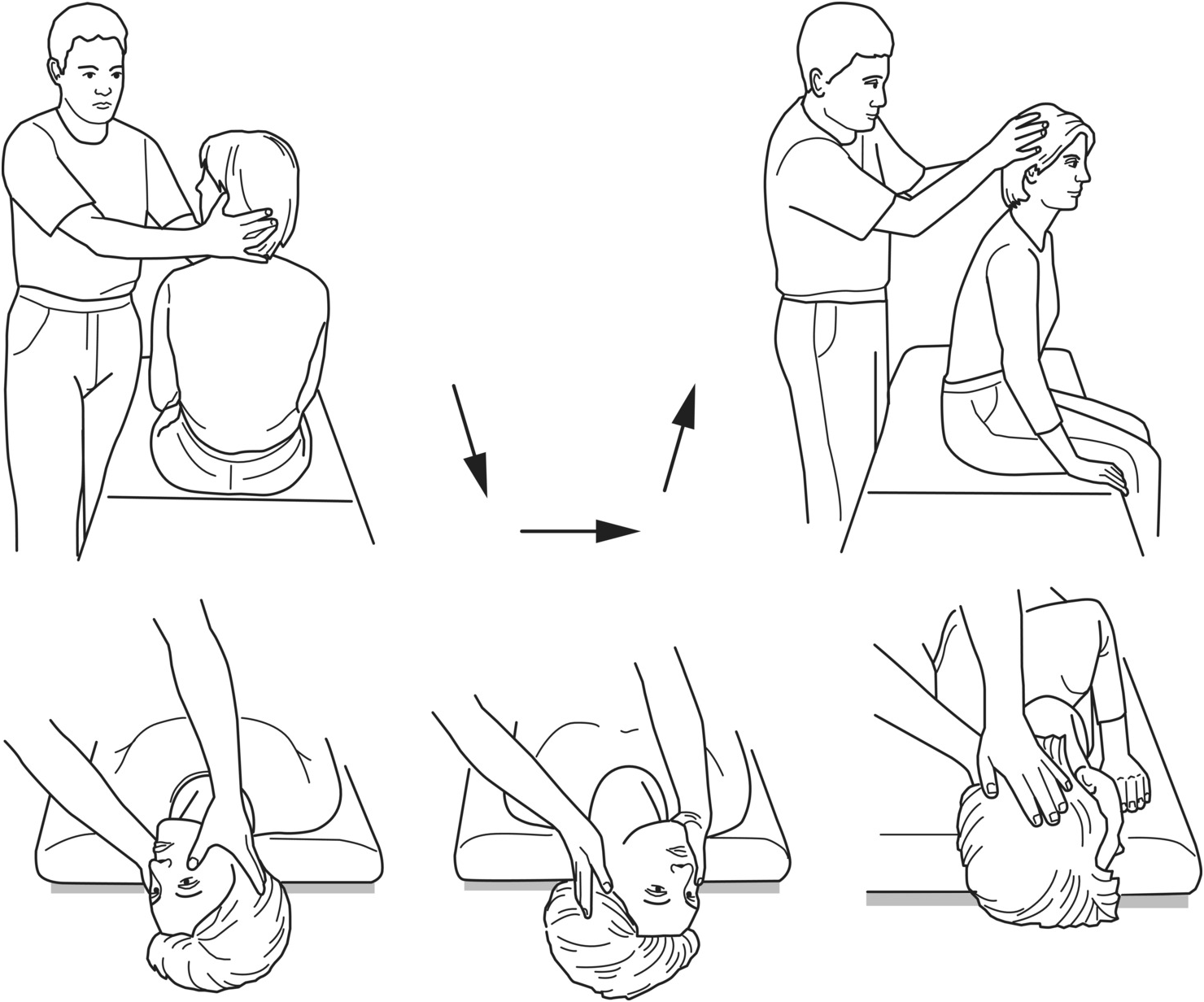


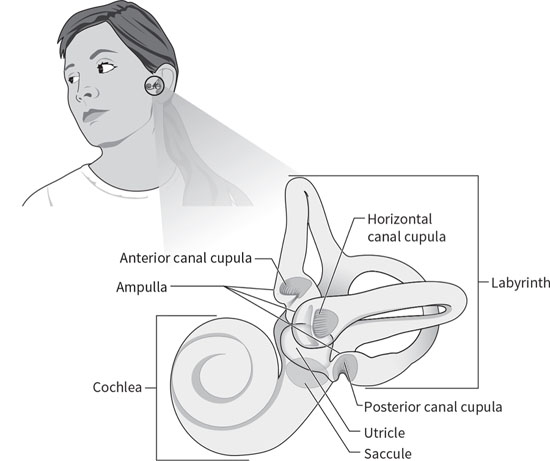



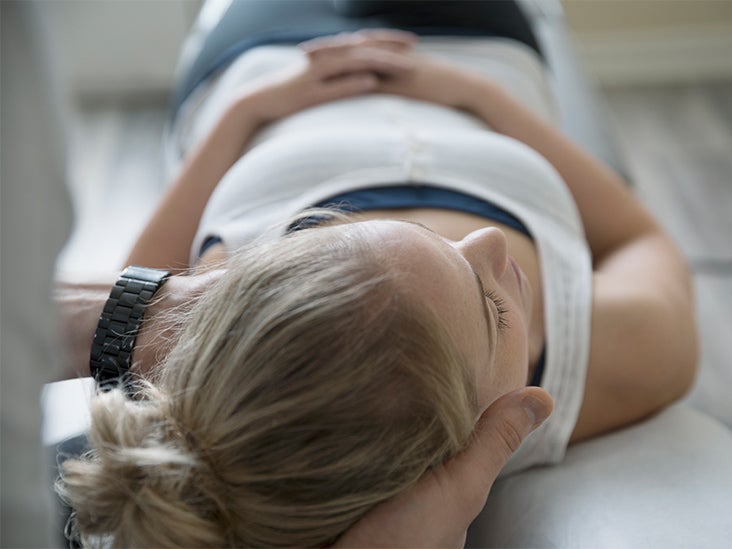
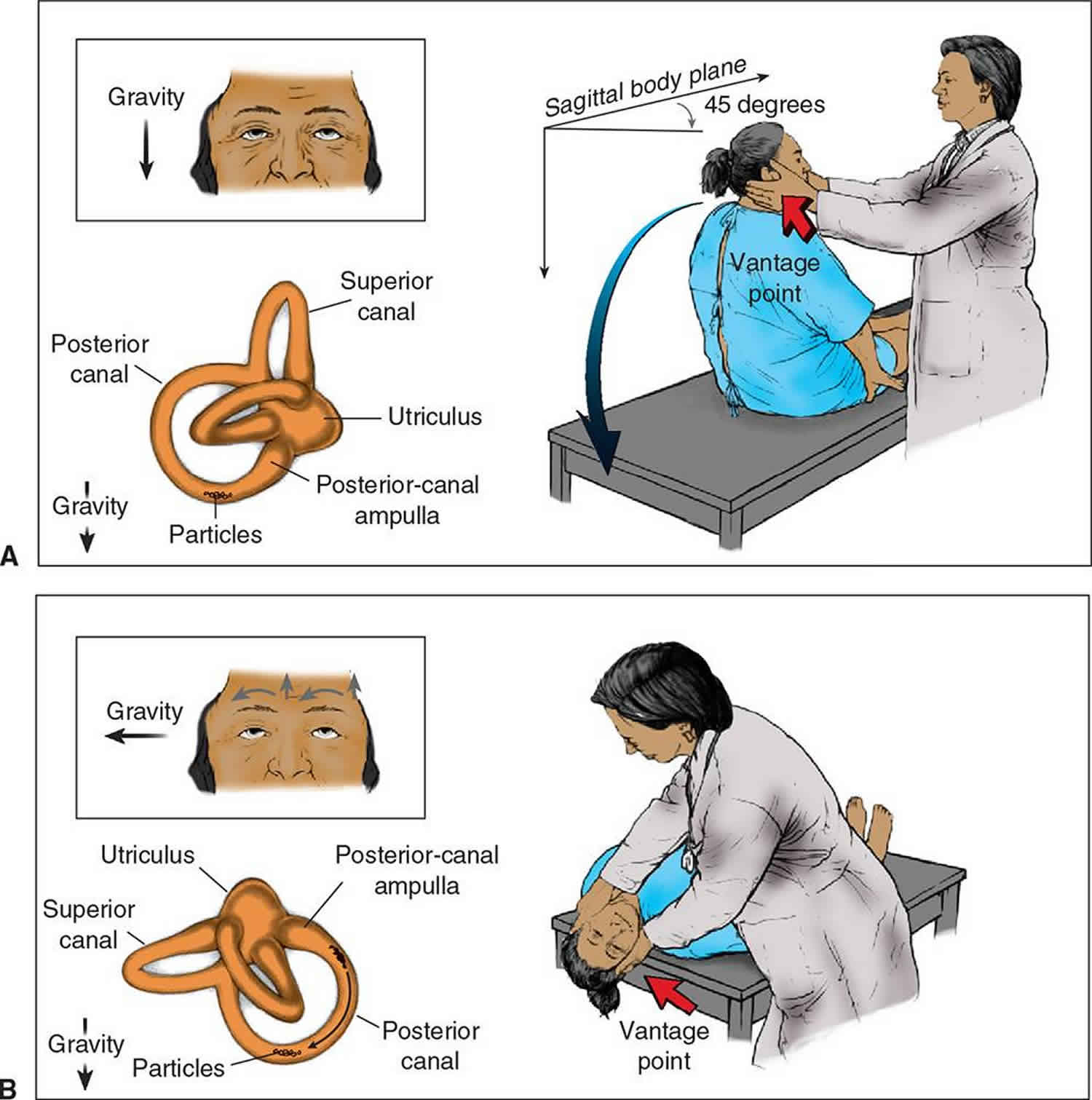

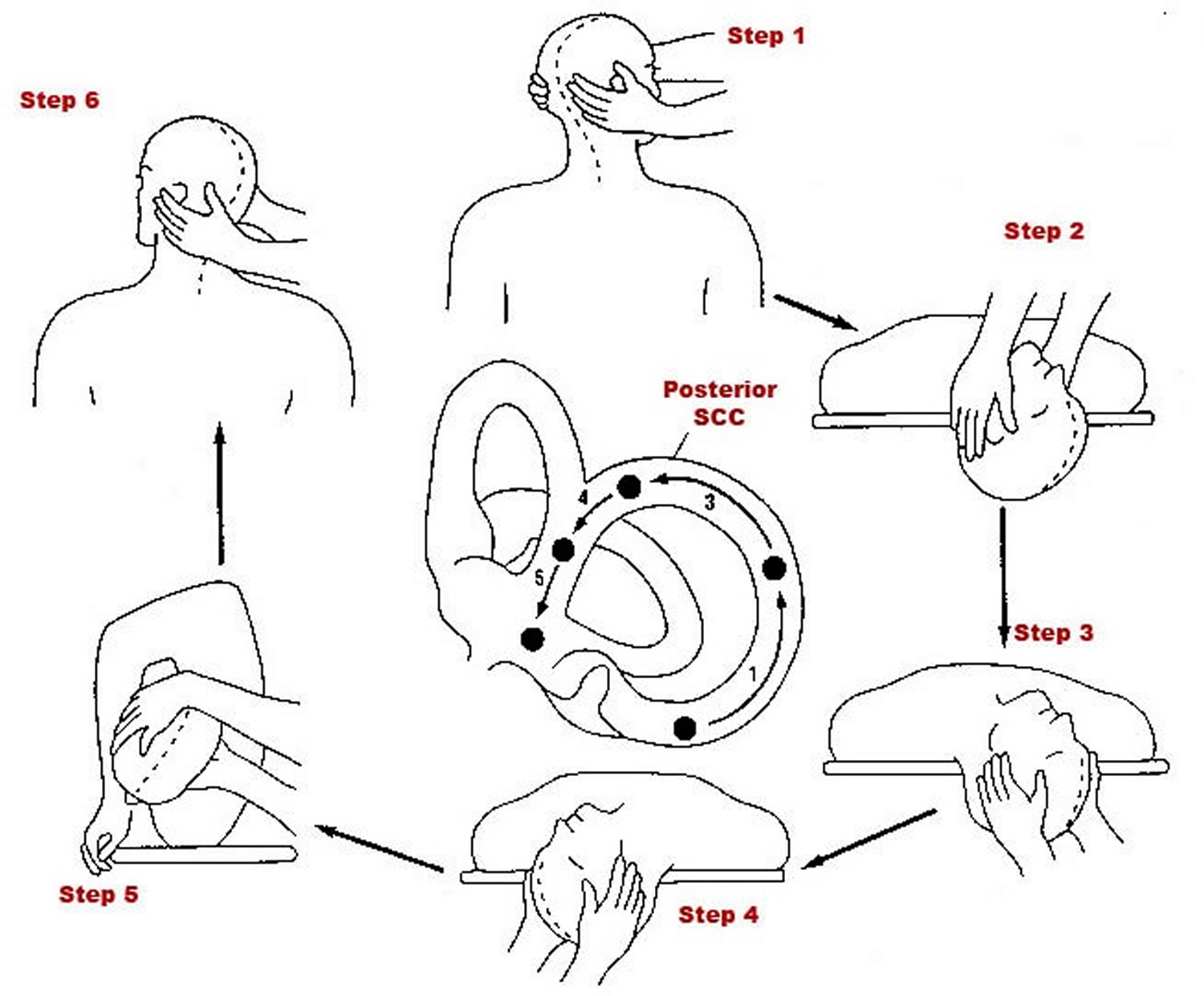
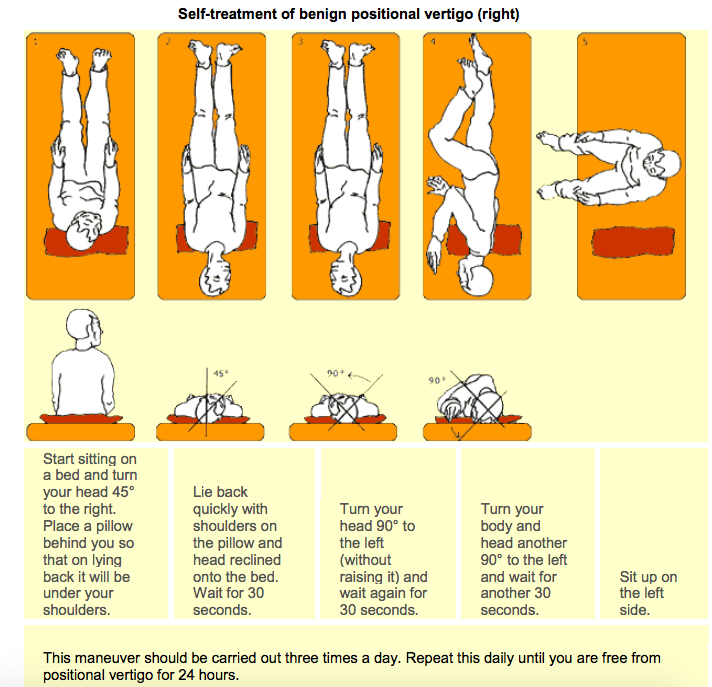



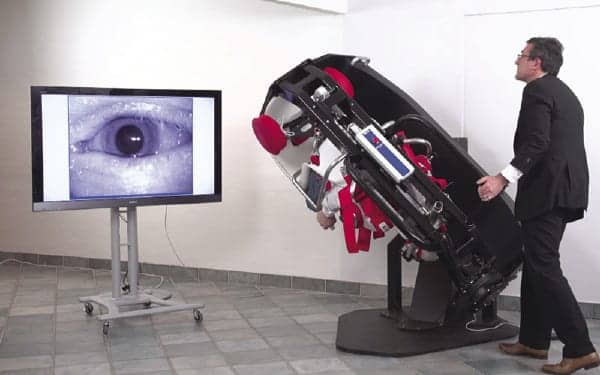
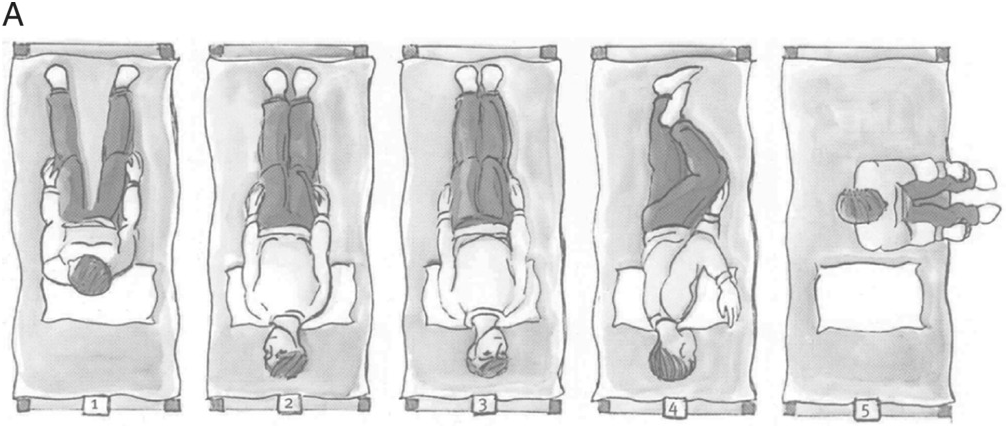








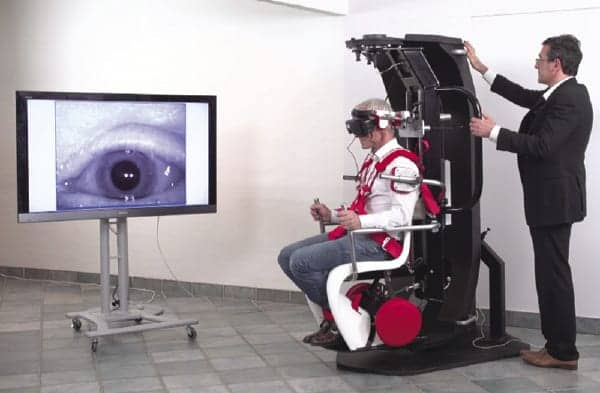



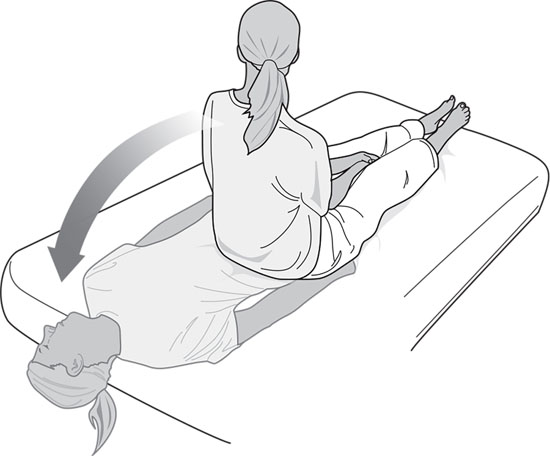












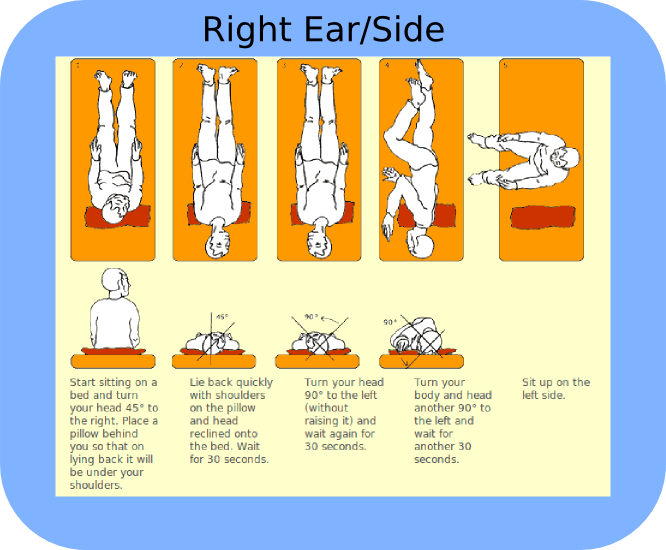

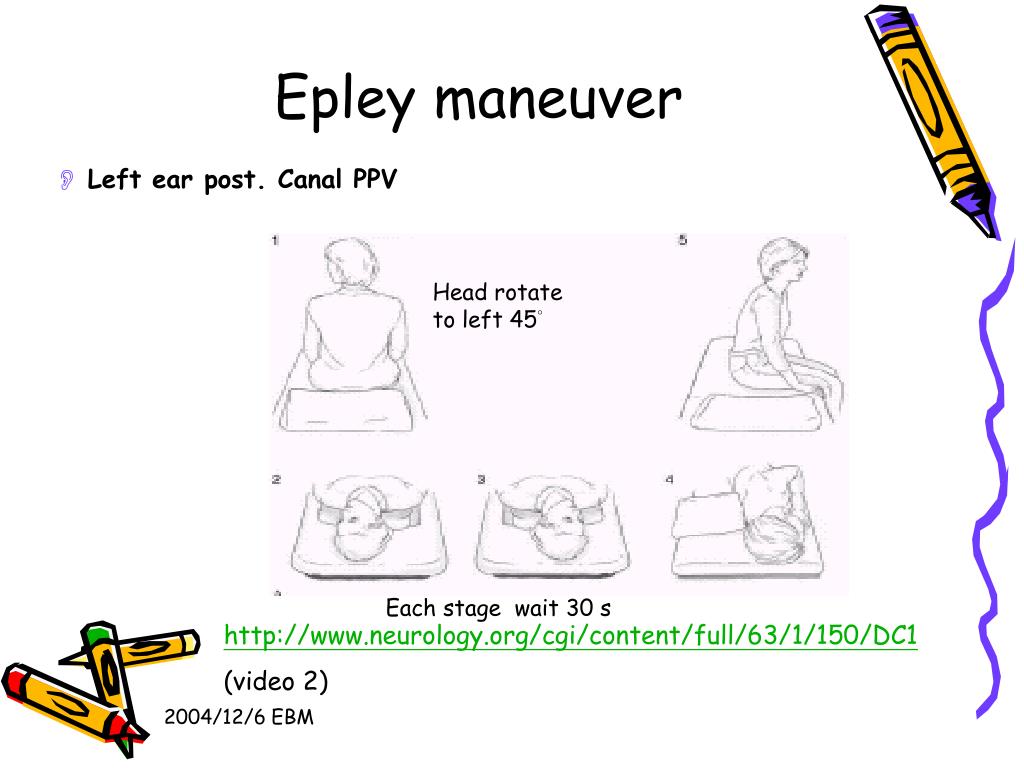


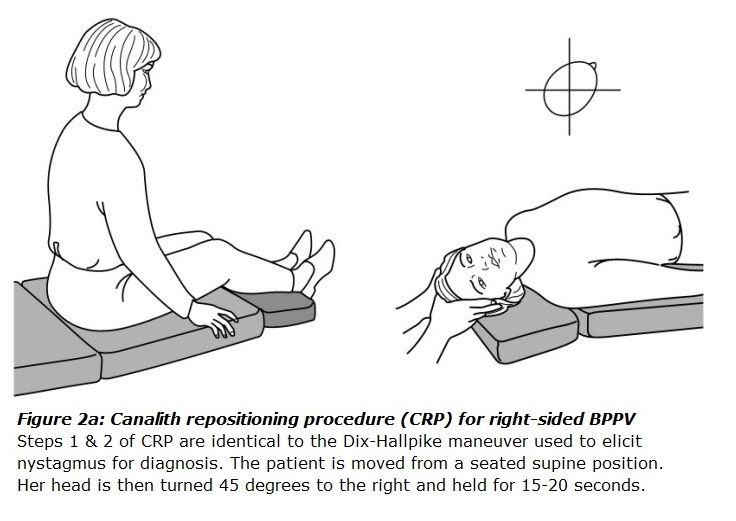





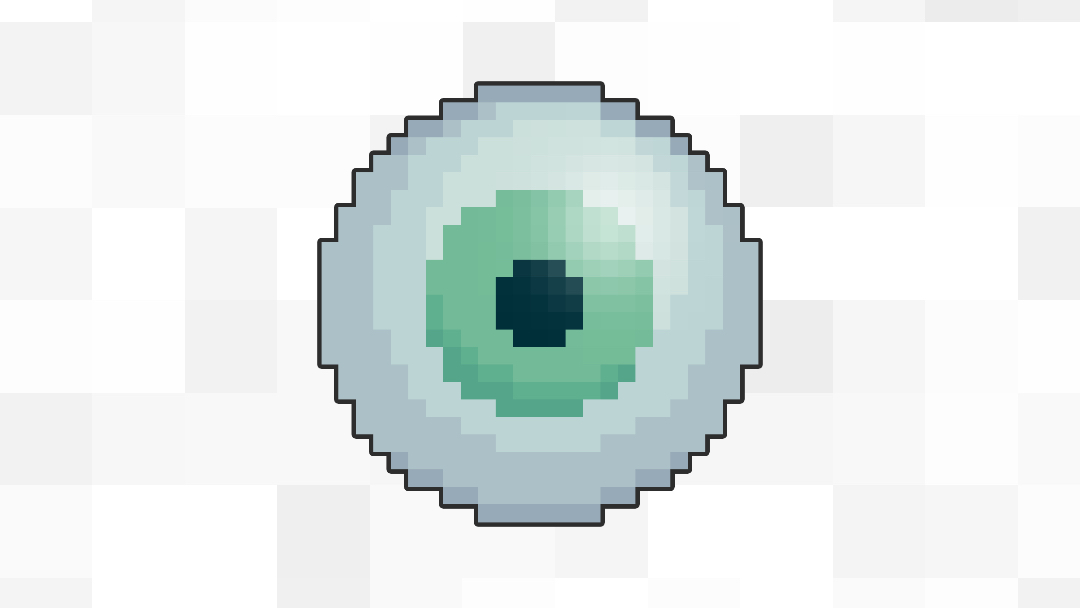
:max_bytes(150000):strip_icc()/GettyImages-1062431116-46669be34c2143d289ef3a695298f045.jpg)










